Weather in Chicago is erratic. Temperatures during the summer months constantly fluctuate, and humidity levels can rise and fall at a moment’s notice. So what does this mean for your Chicago hardwood flooring? Sure, many of us know that wood expands and relaxes in various climates, but how does this alter the condition and appearance of the floor?
“Cupping” can occur with both solid and engineered hardwood flooring, and it is known for causing a great deal of frustration for both homeowners and contractors alike. Chicago hardwood flooring is known for being particularly finicky, and many people spend a great deal of time looking for the most cup-resistant flooring. The key to combating cupping is not only to understand what cupping is, but what makes a floor cup and how to determine the source of the problem.
What is Cupping?
Depending the level of water exposure, all hardwood (both engineered and solid) will begin to cup. The occurrence of cupping is evident when the sides of the wood flooring are higher than the center of the boards – i.e. the surface of the board has a concave shape. Perhaps you’ve noticed some small, upward ridges when you’re walking across hardwood flooring? That’s cupping in action. A change in moisture content below the “Fiber Saturation Point” of the wood (around 28% to 30%) will cause the wood to swell or shrink, depending on the moisture level.
Cupping is not necessarily a permanent feature, as many Chicago hardwood floors will shrink back to their original appearance after the level of high humidity has ended. Some floors, however, will never return to their original state, and this is where many homeowners run into problems.
Causes of Cupping
Although the weather can be a huge factor in the causation of cupping, there are many other factors that may cause your wood floors to cup. Water vapor emissions from concrete, for example, can cause a cupping problem no matter the surrounding climate. Insufficient cooling systems can turn a preventable cupping situation into a permanent one, and any water leaks or assorted types of water damage can immediately start taking their toll on your Chicago hardwood flooring.
Avoiding Cupping
You should first determine whether or not the desired location for your hardwood flooring is actually suitable for installation; make arrangements to eliminate any problems that could cause a moisture problem. Sometimes this may mean installing both an air conditioner and a dehumidifier in your home, as well as a moisture reader for your Chicago hardwood flooring maintenance.
Next, you should ensure that your Chicago hardwood flooring is installed correctly by a reputable installer. A poor installation job can not only promote the cupping of hardwood flooring, but can cause the wood to fail and even rupture. Your hardwood flooring installer should ONLY install the hardwood flooring after the wood and installation site have reached proper moisture conditions. Fastening should be used to reduce movement of the flooring during moisture changes, and installers must inform homeowners of their maintenance duties after installation.
Most importantly, you need to make sure that you are choosing QUALITY wood for your Chicago hardwood flooring. Engineered hardwood flooring is known to cup less than hardwood flooring, although if the wood is poorly engineered it may actually cup more. Choosing the correct flooring isn’t easy, but, as mentioned in our last blog, there are a variety of questions that you can ask your hardwood flooring provider in order to determine the quality of your hardwood flooring. Take the safe route, and choose PurezaWood for all of your Chicago hardwood flooring needs. We hold our hardwood to the highest standards in order to ensure that our floors withstand the test of time and fluctuating humidity.

